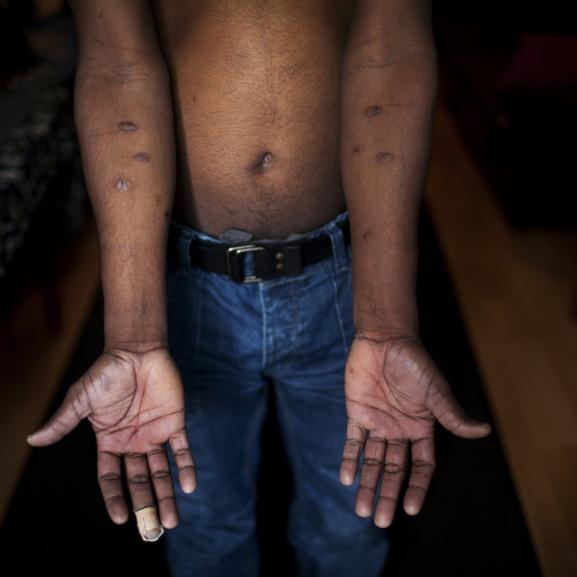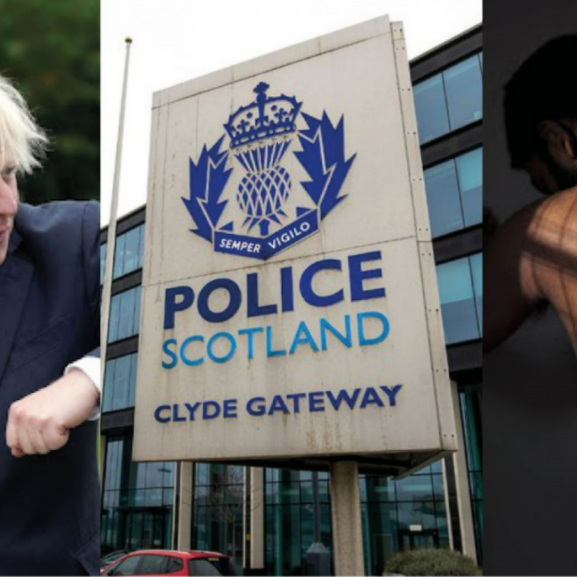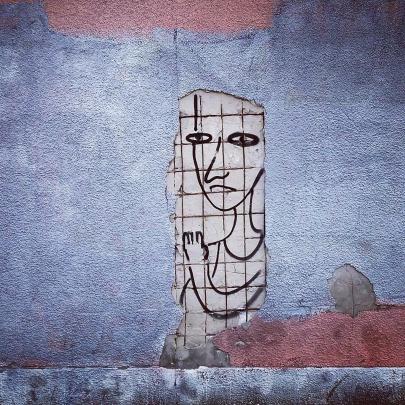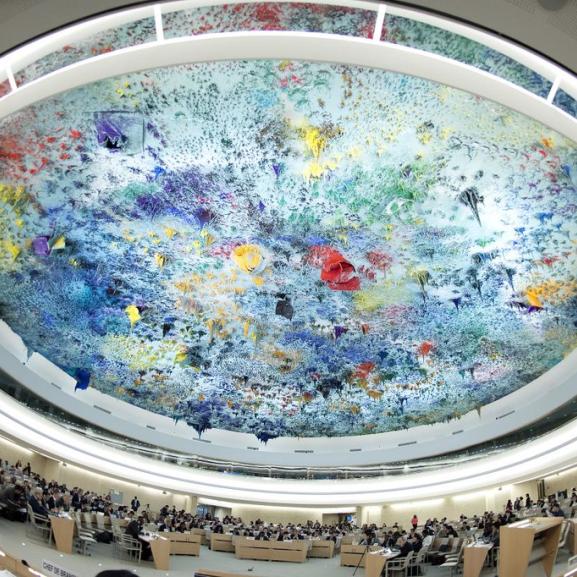Everything you need to know about Gotayaba Rajapaksa, Sri Lanka's new President
Gotabaya was elected as Sri Lanka’s President on November 16th 2019, in the second presidential election since the end of a bloody 26 year civil war.
His brother Mahinda was made Prime Minister four days later.
They’re have retaken the highest offices in Sri Lanka despite being allegedly responsible for war crimes, mass torture along with corrupting and suppressing free media when they were last in power.
How did they pull this off?
And what are the consequences of the Rajapaksa dynasty reclaiming control?
Gotayaba Rajapaksa was born in 1949, the fifth of nine siblings. His father was a well known political figure in the pro-independence movement and passed on that political ambition to his children. Majority of the Rajapaksa brothers entered politics from the late 1980s onwards and by 2005, Mahinda, had become President of Sri Lanka.
He claimed to want to lead a bitterly divided country, deep within a brutal civil war. He positioned himself as a moderniser, someone who would oversee the peace process.
Gotayaba had been living in the US where he was working in IT, but returned to serve alongside his brother as Sri Lanka’s Defence Secretary. Mahinda also appointed his brothers Basil and Chamal, as well as his niece Nirupama to the cabinet.
Amid cries of nepotism, Mahinda began his term, before the controversy had time to develop, there were a series of deadly suicide attacks that left both civilians and servicemen dead.
In response, brothers began their deadly assault on the Liberation Tigers of Tamil Eelam, also known as the Tamil Tigers.
During the last few months of the war in 2009, tens of thousands of people, mostly civilians, were killed. News outlets aired footage showing apparent war crimes, including the targeted shelling of civilians in designated ‘no fire zones’, and the execution and mutilation of surrendered fighters. Thousands of fighters who surrendered at the end of the war have never been seen again, their whereabouts and what happened to them unknown.
The UN would later describe the military action as a “grave assault on the entire regime of international law”.
But with tight media controls in the country, a worrying amount of people are understood to believe that that the massacre never even occurred.
Mahinda Rajapaksa took power in a country where torture has been a key tactic used by successive governments since 1971 when a Sinhalese Marxist insurrection was met by state violence, torture and a pattern of “disappearances”.
During the war, the government used torture, disappearances and extra-judicial killings against opponents and critics, including journalists. But nobody was expecting the level of violence the Rajapaka’s were capable of.
We have evidence that proves torture took place between 2009 and 2017. This was after the war ended, under the government of Mahinda Rajapaksa and, from 2015, under the supposedly 'human-rights-friendly' government of Maithripala Sirisena.
Though Sirisena's government promised that there would be ‘zero-tolerance’ of torture, our evidence shows torture happening in security operations. Most at risk of torture were ethnically Tamil people who had or were thought to have links with the LTTE.
In 2010, after being elected to a second term, the Rajapaksa administration removed the two term limit on re-election, and in 2014, Mahinda Rajapaksa ran for President for a third time.
But this time, the opposition parties united behind Maithripala Sirisena to overthrow Mahinda Rajapaksa - and they won. Rajapaksa tried and failed to stage a coup in the immediate aftermath, but soon conceded defeat. It seemed that the path was paved for a more hopeful future led by Sirisena as President.
But despite various commitments made by the new government and progress in some areas, Freedom from Torture continued to document torture in ongoing security operations, even though the new government promised of a “zero tolerance” policy on torture. Ongoing violations continued to be met by a failure of domestic justice, a fragile rule of law and impunity for perpetrators. The conditions, laws and institutions that allowed mass human rights violations to occur in Sri Lanka for decades remained in place.
And then in 2017, amid economic uncertainty, the authoritarian leader Mahinda Rajapaksa returned...
Due to debt owed to China, the Sri Lankan economy recorded the lowest economic growth in 16 years in 2017. Pressure was piling up on the administration and Sirisena made a shock decision: he withdrew his party, dissolved the coalition government and brought Rajapaksa back into the fold to appease the population.
Under Sri Lanka’s constitution, the President, who has executive powers, can appoint a new Prime Minister if the current premier has lost the majority in parliament, and Sirisena wanted Mahinda Rajapaksa to be that new Prime MInister.
Prime Minister Wickremensinghe rejected the move.
After seven weeks of robust push back by civil society, the judiciary and parliament, Mahinda Rajapaksa finally stood down, his public image greatly weakened over the controversy, and Wickremensinghe was sworn in for the second time on the 16 December 2018. But then something happened that would give the Rajapaksa’s an unexpected political boost.
As people attended Easter services on 21 April 2019, a co-ordinated terrorist attack on 8 different locations left hundreds injured, and a death toll that eventually rose to an estimated 351 people.
They were the most fatal attacks to have ever hit Sri Lanka.
Across the country, people were angry. They blamed the government for failing to act on intelligence, and for the infighting that paralysed parliament.
Mahinda Rajapaksa immediately took advantage of the tragedy, claiming in parliament that the current government were directly to blame for allowing the bombings to take place.
He said that he’d handed over a secure and peaceful country, and claimed that the terrorist attacks would never have occurred under his rule, despite his history synonymous with grave human rights abuses.
Within six days of the tragedy, Gotayaba Rajapaksa announced his run for President.
On 2 January 2006, students from the Trincomalee area were celebrating New Years on the beach when there was an explosion and security forces opened fire at point blank range, killing 5 people and injuring a further 2. The government immediately tried to control the narrative by saying that they were actually Tamil Tiger militants who had been accidentally killed by a grenade meant for Sri Lankan forces - a narrative contradicted by the official coroner's report.
A local Tamil photographer, Subramaniyam Sugirdharajan, took photos of the bodies which proved they had died by gunshot and not by an explosive device. A day after the newspaper he worked for published these photos, while on his way to work, he was shot and killed. He was 35 years old and was survived by two young children.
Due to repressive and violent tactics meant to suppress witness testimony, only one person has come forward: Dr Kasippillai Manoharan, the father of one of the five students killed who received a phone call from his son as the soldiers were closing in on them.
He has spent the last 12 years campaigning for justice for his son and his friends. Unfortunately due to lack of evidence and witness testimony, the official government investigation into the 13 police officers accused of the killings was resolved in 2019 with the acquittal of all those accused.
During the campaigning period, Gotayaba Rajapaksa has made several worrying promises.
In his inaugural campaign speech, he promised to release "all war heroes who were unjustly imprisoned" when he comes to power.
These include soldiers imprisoned for mass murder and gang rape.
He has stated that he will withdraw support for the UN Human Rights Council resolution that outlines the commitments made by the government to promote reconciliation, accountability and human rights in Sri Lanka.
Many Tamil civilians are waiting for justice. When Gotahabya was on the campaign trail, family members of the Tamil “disappeared” have staged protests calling for the arrest of the presidential candidate. They chant the slogan “where are our children?”. The families are calling for Gotabaya Rajapaka to be taken before the International Criminal Court to answer for their forcibly disappeared relatives.
In the USA, Gotahabya was facing two trials, one for the assassination in broad daylight of prominent Sinhalese journalist and critic of the previous Rajapaksa administration, Lasantha Wickremantunge, and the other is brought by 8 Tamils and 2 Sinhalese torture survivors.
But due to his win, he is now protected by Head of State immunity.
The previous rule of the Rajapaksa family was riddled with human rights abuses and it is likely this time will be no different.
Our reports
In February 2019, we released a briefing, Too little change: ongoing torture in security operations in Sri Lanka, based on the cases of 16 Sri Lankan nationals who were detained and tortured between 2015 and 2017.
Drawn from medico-legal reports undertaken by our doctors, our research found that all 16 people were tortured by state officials. The interrogation was used to extract information about alleged links to the LTTE or anti-government activity. None were charged under anti-terror or any other laws.
This briefing follows on from our 2015 report Tainted Peace which recorded the systematic torture of Tamils after the end of the civil war in 2009, under then President Mahinda Rajapaksa.
The future
It is vital for Sri Lanka’s long-term peace that justice and reconciliation for past crimes are delivered.
Sri Lankan torture survivors see a direct link between successive failures of justice and accountability and the culture of impunity with the undermining of reconciliation efforts.
It is unlikely however that Gotabaya Rajapaksa will be the president that can deliver that.
Stand against torture in Sri Lanka and across the world, and share this article.






